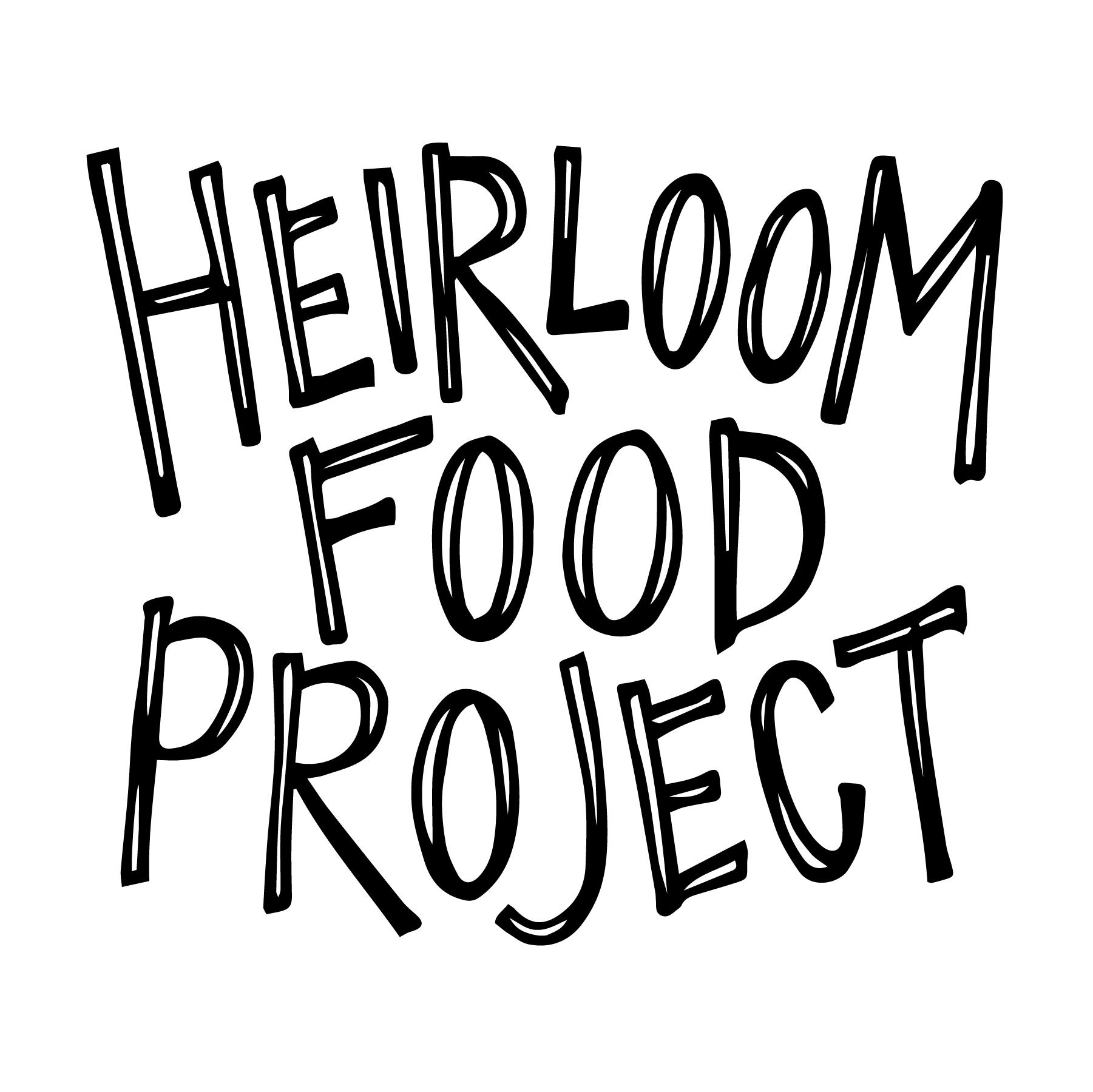Traditions Across the U.S.: What is American Food?
I spent the past two months savoring and observing and sinking deeply into U.S. food traditions on a cross-country road trip. This series highlights the traditions I had the privilege of experiencing and prompts you with tangible ways to revive, reflect, and start food traditions of your own.
Video transcript:
What is American food?
For two months, my partner Bjarke and I crossed the country, learning stories of people, places, and food traditions from Oregon to Ohio in an attempt to grasp an answer.
Often, the phrase “American food” conjures up only a few dishes like burgers, fries, and pizza. And yes, these are prevalent. But there is so much more. On this trip, we saw that.
We learned from tour guides and home cooks, artisans and growers, eatery owners and immigrants, waist-high cooks and authors of books. We visited deserts, forests, cities and farms. Bustling markets, roadside stands, and no-frills diners.
This is a slice of what we experienced:
Oregon hazelnuts on the orchard floor,
Salt in its natural state at the Great Salt Lake,
Sweet, juicy peaches just off the highway,
Evidence of ancient foodways through Puebloan granaries and grinding stones,
Puffy sopapillas with honey to balance the fiery green chiles of New Mexico,
An abundance of edibles in desolate-seeming deserts,
Old-fashioned Texas pit barbecue,
Sugar’s not-so-sweet history on the plantations of the Gulf Coast,
Gumbo with shrimp so tender I almost fell off my seat in New Orleans,
Sweet potato pie and fried chicken,
Fresh-cracked pecans paired with Southern hospitality,
Arguably the country’s best Korean food in Montgomery, Alabama,
Egyptian kofta and crispy bread all drizzled in tahini,
Shelves full of fermented goodies in Tennessee, and
Home-grown squash with Ohio maple syrup upon arrival to our destination.
At it’s best, American food is a confluence of cuisines and eras and geographies.
It’s people who lovingly shepherd the traditions of their ancestors forth—whether immigrant or native or descendants of those brought here against their will. It’s creating new traditions in the wake of lost history. It’s adapting old ways to meet modern needs of our bodies, our environment, our tastes. It’s using food as a tool to fight injustice and offer opportunity.
My answer to the question of American food is not succinct. But I think that’s the point. It’s un-capturable in short blips. And that’s ok; the best things in life are that way.
American food is made of many small contributions. It’s each of us—in all of our varied backgrounds—preserving and expressing our values in the foods we make and share. Defining it requires us to get curious, to look deeply at contexts and histories. To listen to many different voices. To travel and taste—whether that’s across the country or across the street to eat a meal with your new neighbor.
This is ALL American. In these foods are our stories, our struggles, our creations, our triumphs, our pain, our landscapes, our culture, our country.

